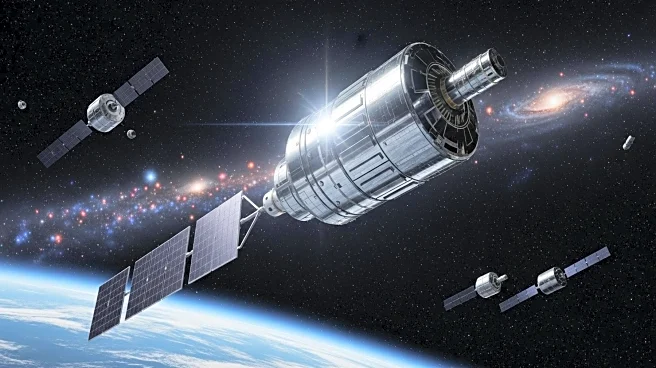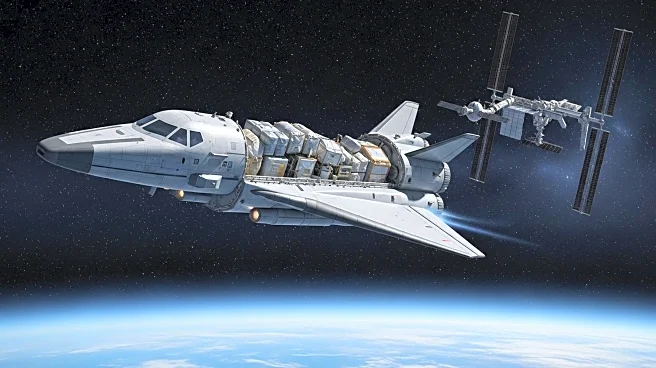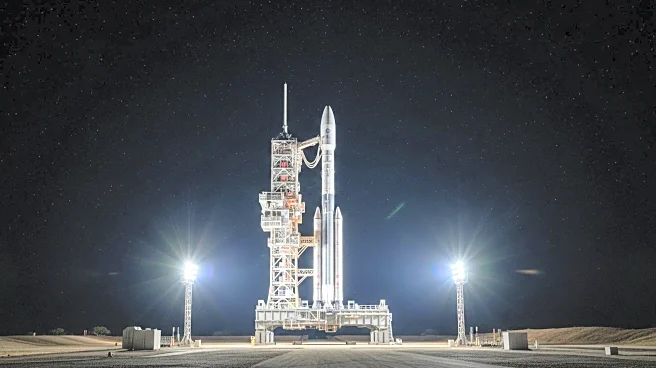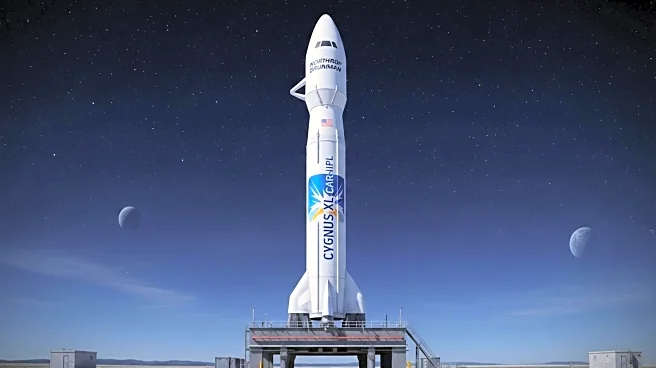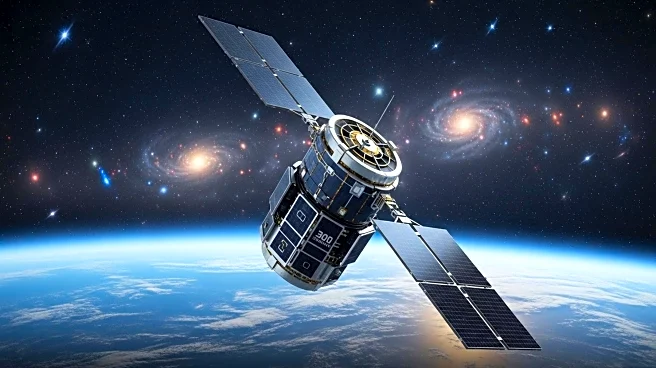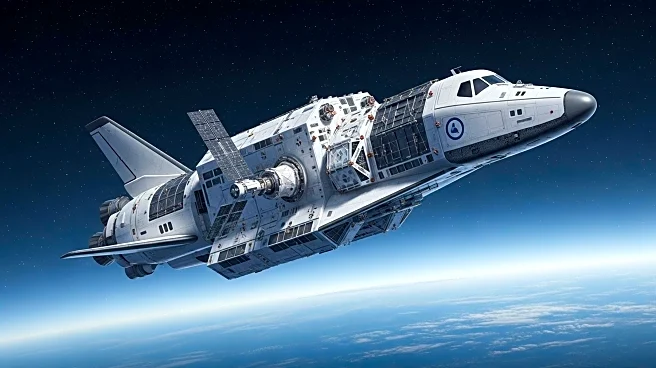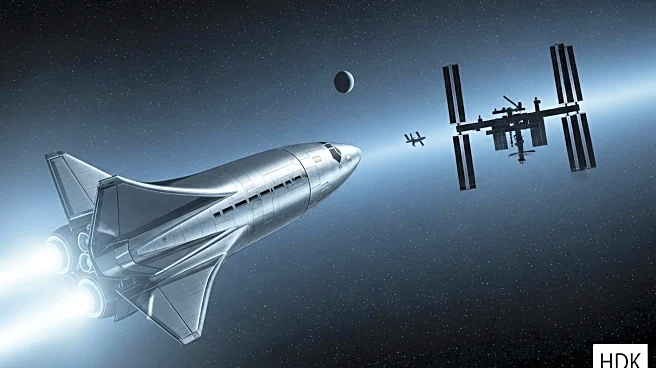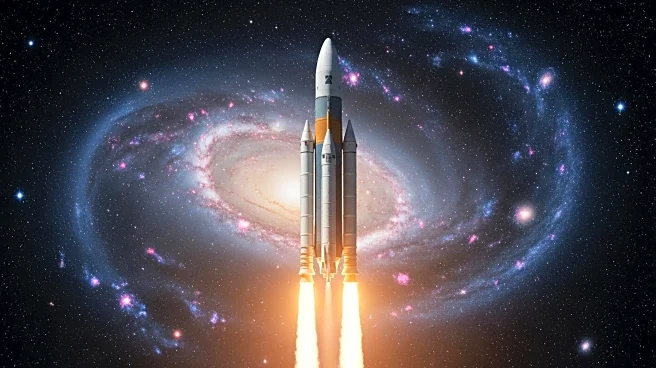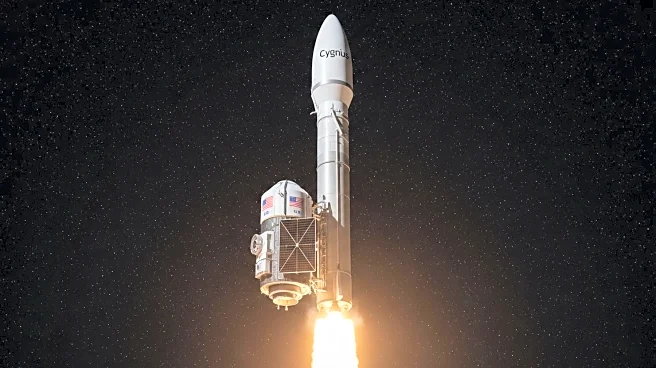What is the story about?
What's Happening?
SpaceX has successfully completed its 300th Starlink mission, launching 24 internet satellites to expand its satellite internet constellation. This milestone highlights SpaceX's ambitious plan to provide global internet coverage. Additionally, SpaceX launched Northrop Grumman's Cygnus XL cargo craft to resupply the International Space Station. The U.S. Space Force's Space Development Agency also launched its first batch of Tranche 1 satellites, forming a new mesh network for military data links. Meanwhile, a report warns that the proposed 'Golden Dome' space-based missile defense could cost up to $3.6 trillion over 20 years.
Why It's Important?
SpaceX's continued expansion of its Starlink constellation is crucial for global internet connectivity, potentially transforming telecommunications and internet access worldwide. The launch of military satellites by the U.S. Space Force signifies advancements in defense capabilities, enhancing strategic advantages in space. The 'Golden Dome' project, despite its high cost, represents a significant investment in national security, highlighting the growing importance of space-based defense systems. These developments underscore the competitive nature of the space race, with implications for technological innovation, national security, and international relations.
What's Next?
SpaceX is expected to maintain its rapid launch cadence, further expanding its Starlink network. The U.S. Space Force will continue deploying Tranche 1 satellites, aiming for regional military coverage by 2027. Policymakers will need to address the fiscal challenges posed by the 'Golden Dome' project, potentially considering international partnerships to share costs. The commercial satellite sector is urging stable government contracts to sustain innovation and cost-savings, emphasizing the need for predictable funding.
AI Generated Content
Do you find this article useful?
